FIT Project
Fostering Inclusivity through Technology (FIT)
Achieving Common Ground in Autistic-Neurotypical Interactions with Innovations in Video Calling
Autistic and non-autistic people often misunderstand each other. In the workplace, these miscommunications can lead to inefficiency and frustration for everyone, and discrimination and even loss of employment for autistic people. This project investigates the causes of miscommunications between autistic and non-autistic people, and how we could potentially intervene with technology. Our long-term goal is to build a video-calling platform that promotes mutual understanding between autistic and non-autistic people.
This project requires both interdisciplinary collaboration and sustained engagement with stakeholders. Our neurodiverse research team includes autistic people, language and cognitive scientists, engineers, and experts in machine learning and human-computer interaction. We also engage with autistic and non-autistic stakeholders in industry, policy, and advocacy.
For more information, contact Shevaun Lewis at shevaun@umd.edu.

Our Research
Understanding Stakeholder Needs
Team: Shevaun Lewis, Quentin Leifer, Kathy Dow-Burger, Ira Kraemer, Aparajita Rao, Andrea Zukowski
 We interviewed autistic adults to learn more about their experiences with communication in the workplace and what strategies would be helpful to prevent or remedy miscommunications and other challenges. Research participants described the different ways that a lack of common ground between autistic and non-autistic people can lead to miscommunications. They also highlighted the high amount of effort autistic people need to exert to participate in conversations and fit non-autistic people’s expectations. This effort can lead to exhaustion and burnout. You can read an intermediate analysis of our findings in this research poster. We are currently preparing these findings for publication, and continuing to recruit non-autistic employers and coworkers of autistic people to better understand their experiences.
We interviewed autistic adults to learn more about their experiences with communication in the workplace and what strategies would be helpful to prevent or remedy miscommunications and other challenges. Research participants described the different ways that a lack of common ground between autistic and non-autistic people can lead to miscommunications. They also highlighted the high amount of effort autistic people need to exert to participate in conversations and fit non-autistic people’s expectations. This effort can lead to exhaustion and burnout. You can read an intermediate analysis of our findings in this research poster. We are currently preparing these findings for publication, and continuing to recruit non-autistic employers and coworkers of autistic people to better understand their experiences.
Observing mixed-neurotype conversations
Team: Ge Gao, Victoria Chang, Aparajita Rao
To understand why miscommunications happen, we need to observe them directly in real conversations. We are inviting autistic and non-autistic participants to engage in a task-based conversation over video call. During the 35-minute conversation, participants will mark moments of misalignment. After the conversation, researchers will interview the participants about notable moments during the conversation. This experiment will produce a rich dataset of video recordings and participants’ real-time observations about the conversation.
Analyzing speech, language, and facial expressions in conversation
Team: Carol Espy-Wilson, Elizabeth Redcay, Thanushi Withanage, Adam Goodkind, Shevaun Lewis, Yi Ting Huang
When two or more people engage in conversation, their voices, words, and other behavior generally become more similar over time. This “synchrony” in behavior is thought to reflect increasing cognitive and neural alignment. We are investigating whether and how synchrony and processes of alignment may be different in mixed-neurotype conversations. These cues may eventually help us identify in real-time when a conversation is headed towards understanding or misunderstanding.
Developing technology in collaboration with stakeholders
We hope to develop video calling features for mixed-neurotype work meetings to help prevent miscommunications or resolve them more quickly when they happen. To create technology that actually serves the needs of autistic people, non-autistic people, and workplaces, we need to work closely with those stakeholders at every stage of the process.
In May 2024 we held a workshop for social scientists, technologists, autistic advocates, support professionals, and business leaders to exchange ideas and identify promising potential directions for our work. 39 people attended, including 17 members of the FIT team and 22 other researchers and stakeholders with an interest in the project. 12 of the attendees were autistic, so we designed the event to be inclusive, implementing many of the communication best practices we learned in our first year of research. After a morning of presentations and discussion about our research progress, the group broke into small teams with diverse backgrounds and expertise to brainstorm how to redesign workplace conversations, inspired by quotes from our interviews with autistic people about their workplace experiences.
Read more about the workshop here!
Funding
This research is supported by a Grand Challenges grant from the University of Maryland, and a mini-grant from the Frist Center for Autism and Innovation at Vanderbilt University.
FIT in the news!
BSOS News: UMD Faculty Co-Host Events Aimed at Increasing Neurodiversity (June 2024)
The Diamondback: UMD researchers creating video-calling platform for inclusive workplace communication (Oct 2023)
Maryland Today: UMD Tech Tool Aims to Make Workplaces More Inclusive for Autistic People (Oct 2023)
Our Team
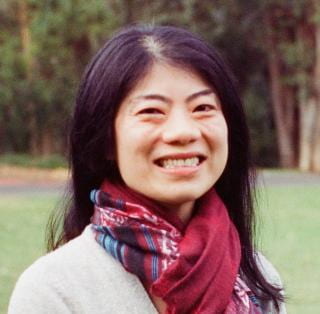
Yi Ting Huang
PI; Faculty, Hearing & Speech Sciences
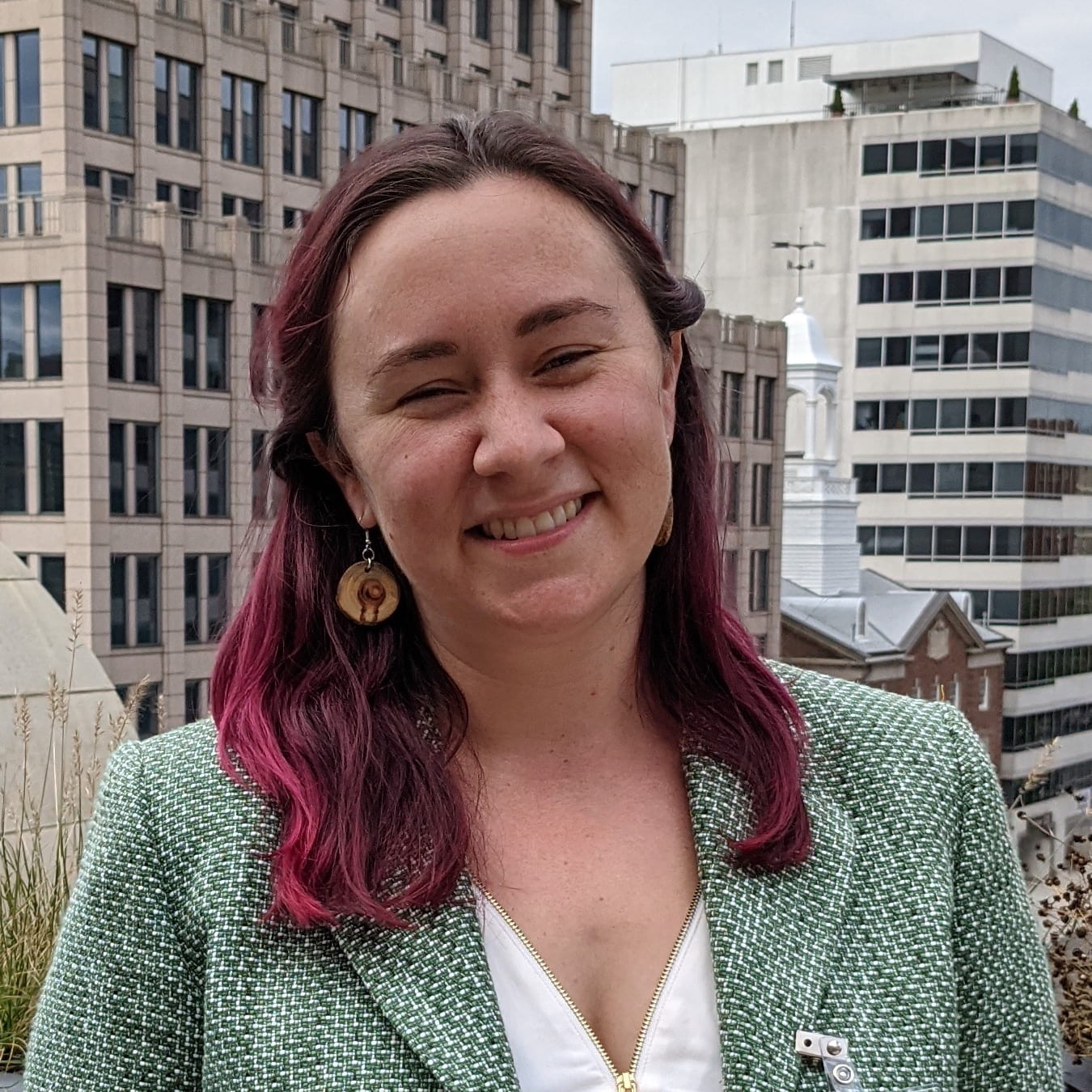
Shevaun Lewis
Co-PI; Project Manager; Director, UMARC
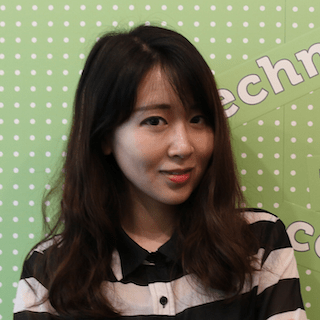
Ge Gao
Co-PI; Faculty, College of Information Studies
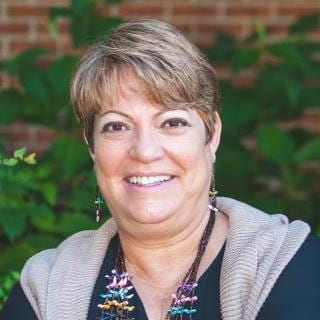
Kathy Dow-Burger
Co-PI; Faculty, Hearing & Speech Sciences

Andrew Begel
Co-PI; Faculty, Computer Science, Carnegie Mellon University
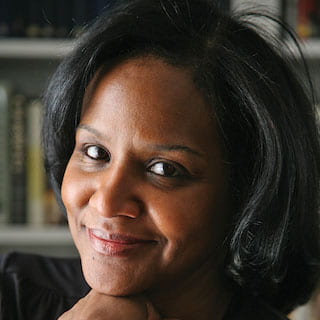
Carol Espy-Wilson
Faculty, Electrical & Computer Engineering
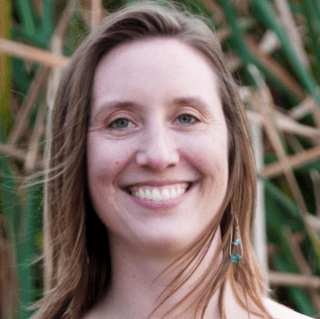
Elizabeth Redcay
Faculty, Psychology
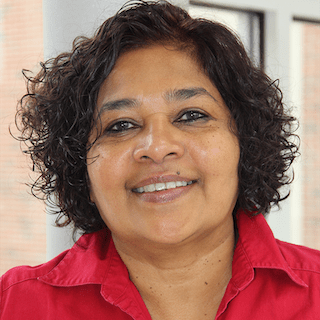
Louiqa Raschid
Faculty, Smith School of Business
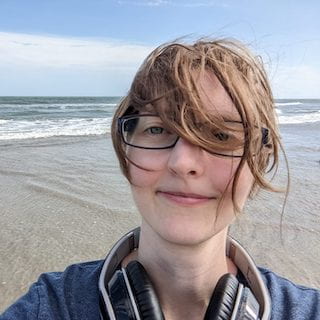
Ira Kraemer
Faculty Assistant, FIT Project
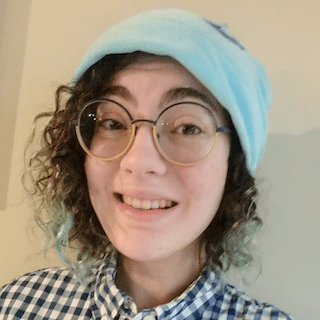
Quentin Leifer
Faculty Assistant, FIT Project
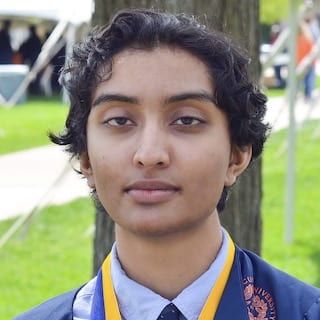
Aparajita Rao
Faculty Assistant, FIT Project

Thanushi Withanage
PhD student, Electrical & Computer Engineering




